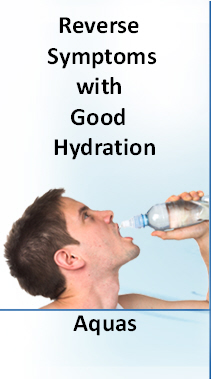Hi Robert, some weeks ago I sent you a mail telling you my method to improve my walking especially in ff times. Here is a short video showing me first walking without the music – then afterwards walking with music and demonstrates the magic of music for Parkinsons.
walking especially in ff times. Here is a short video showing me first walking without the music – then afterwards walking with music and demonstrates the magic of music for Parkinsons.
You can very well see in this video the result on my walking when I listen with concentration to the music. I would love other PD persons having problems with walking to have the same possibility of walking much better and for a Long time. The music has to be very Rhythmik with about 105 Beats per minute on the Metronom.
There is no medicine that can make me walk immediately – so I ask myself why nobody prescribes the Radetzky March to me ……….
What do you think about the result ?
Gerdi
This amazing video speaks for itself! Your video speaks to the reality of the magic of music for Parkinsons. This therapy is natural, safe, fun and a 100% effective solution. It is one of the best natural therapies available.
Music Facilitates Movement
- Rhythmic Auditory Stimulation: One of the most well-researched areas of music therapy for Parkinson’s is the use of rhythmic auditory cues to help with motor control. Patients often experience a reduction in symptoms like bradykinesia (slowness of movement) and tremors when they move in synchrony with a steady beat. Rhythmic cues can help improve walking patterns, gait, and overall mobility.
- Enhanced Gait and Posture: Music with a clear, steady rhythm can help improve walking speed, stride length, and posture. Patients with Parkinson’s often struggle with walking, and rhythmic cues can help them walk more smoothly and confidently.
- Movement Initiation: People with Parkinson’s sometimes have difficulty initiating voluntary movement, a phenomenon known as “freezing.” Music and rhythm can help overcome this by providing an external cue that prompts movement.
Robert Rodgers, Ph.D.
Founder 2004
Parkinsons Recovery
Pioneers of Recovery





Thank you for providing such important information and video to demonstrate it. The additional information about 105 beats a minute is very helpful. The particular march you identify can’t help but create joyful movements.
There was a man on a video who demonstrated similar patterns at a large Parkinson’s meeting. He had all the folks at his session form a large parade inside the huge conference room. One thing pointed out was that when folks walked without the music, it was work. But when the music was on, they started to smile and enjoy the activity. I would love to get the reference for that demonstration.
Another demonstration on video showed a man with Parkinson’s barely walking. Then, when music was started, he was a fluid and joyful dancer.
The last comment is about music’s power with people who have demensia. Netflix has a documentary called, “Alive Inside.” It shows people who seem to be “out of it” become totally “with it” and suddenly very “alive” when music that they have identified as their favorate song was played. The comment was made that nursing homes were modeled after hospitals and only treatments considered medicine or therapy like physical or speech or occupational therapy can be reimbursed — not music therapy.
I’ve just discovered this. I was diagnosed with P D about 7 years ago. The Strauss march, ( at 105 b.p.m) definitely frees me up to stride unaided! I intend to share this at our next local Support Group’s meeting, and try to get members dancing in our warm, (Australian) February sun!